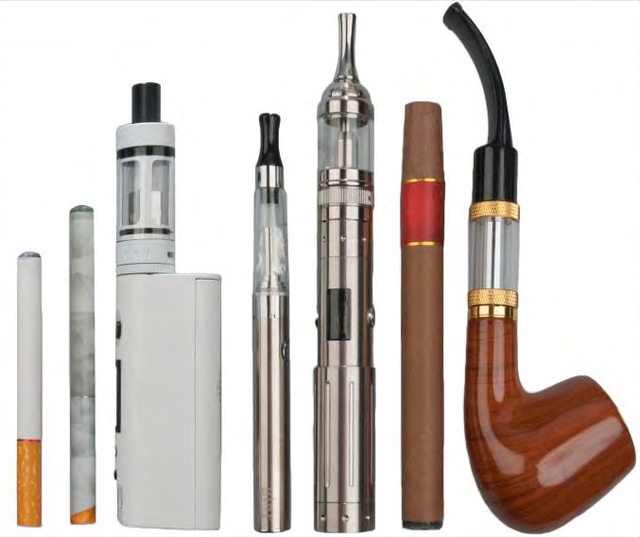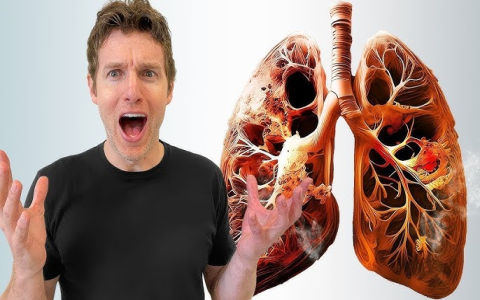No, caffeine is not a standard or common ingredient in commercial e-liquids designed for standard electronic cigarettes (e-cigarettes or vapes).
Standard E-Liquid Components
The core ingredients found in nearly all e-liquids are:

- Propylene Glycol (PG): A common food additive used as a solvent and carrier for flavor.
- Vegetable Glycerin (VG): A thicker liquid derived from plant oils, responsible for vapor production.
- Flavorings: Food-grade or specially designed flavor compounds.
- Nicotine: The addictive stimulant found in tobacco (concentration varies, including zero-nicotine options).
Caffeine as an Additive: Rare & Ineffective
While isolated reports or niche products might claim to contain caffeine, this is highly unusual and scientifically problematic:
- Poor Solubility & Delivery: Caffeine does not readily dissolve well in standard PG/VG solutions. Even if added, it’s inefficiently absorbed through the lungs compared to oral consumption (like coffee or energy drinks). The bioavailability via inhalation is low.
- Lack of Regulation & Testing: E-cigarette products are not thoroughly regulated in many regions. Products claiming to contain caffeine often lack reliable third-party testing to verify the presence, quantity, safety, or absorption efficiency.
- Not a Selling Point for Mainstream Brands: Reputable e-liquid manufacturers do not typically include caffeine. It offers no technical benefit to the function of the vape and introduces unnecessary complexity and risk.
Potential Dangers of Unverified Additives
The inclusion of unconventional substances like caffeine, or stimulants like vitamins or taurine, raises significant concerns:
- Unknown Health Effects: The safety of inhaling caffeine or many other additives deep into the lungs is largely unstudied. They could cause irritation or other health risks.
- Misleading Marketing: Claims of “energy” or “focus” benefits are often unsupported by evidence given the poor delivery method.
- Contaminant Risk: Low-quality, untested products might contain contaminants or undisclosed substances alongside or instead of the claimed additive.
How to Know What’s In Your Vape
- Ingredient Lists: Reputable manufacturers provide ingredient lists (PG, VG, flavors, nicotine). If caffeine isn’t listed, it shouldn’t be there.
- Avoid Products Making Unusual Claims: Be skeptical of products marketed for energy, focus, appetite suppression, etc.
- Third-Party Lab Reports: Look for brands that make Certificates of Analysis (CoA) from independent labs publicly available, verifying contents and the absence of harmful contaminants.
Conclusion: Caffeine is not a standard ingredient in conventional e-cigarettes. Its presence is rare, poorly delivered, untested, and potentially risky. Consumers should rely on ingredient lists and lab reports from reputable manufacturers; avoid products making unsupported claims about added stimulants.










